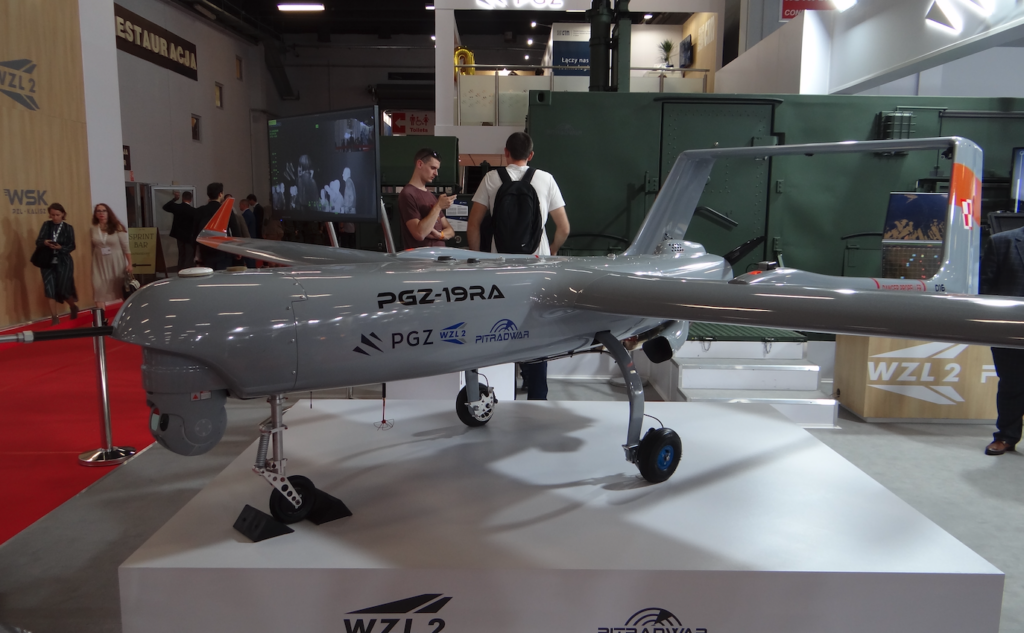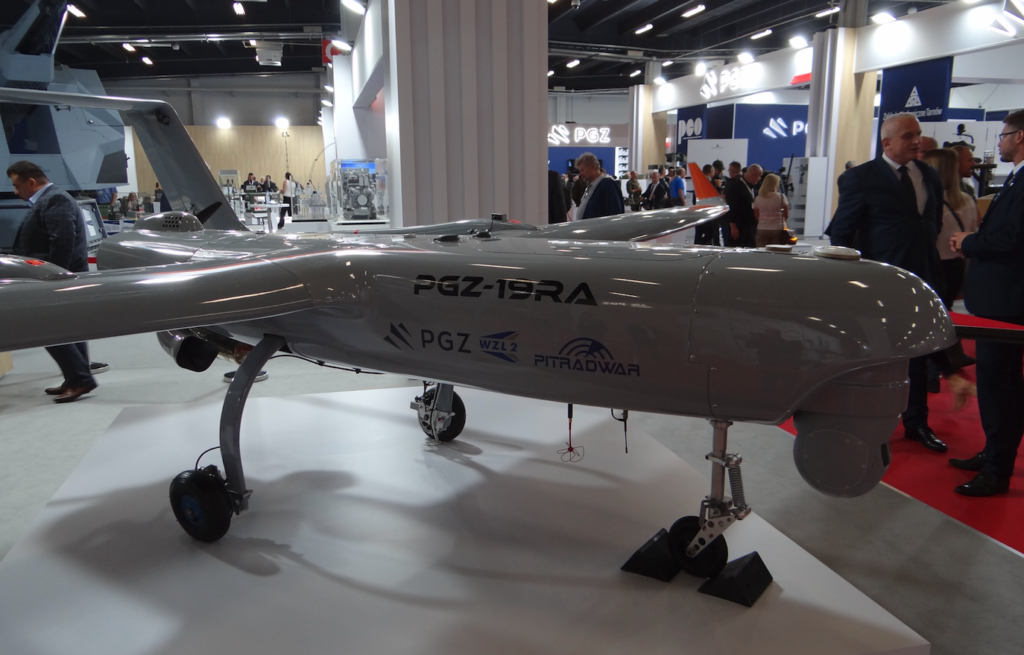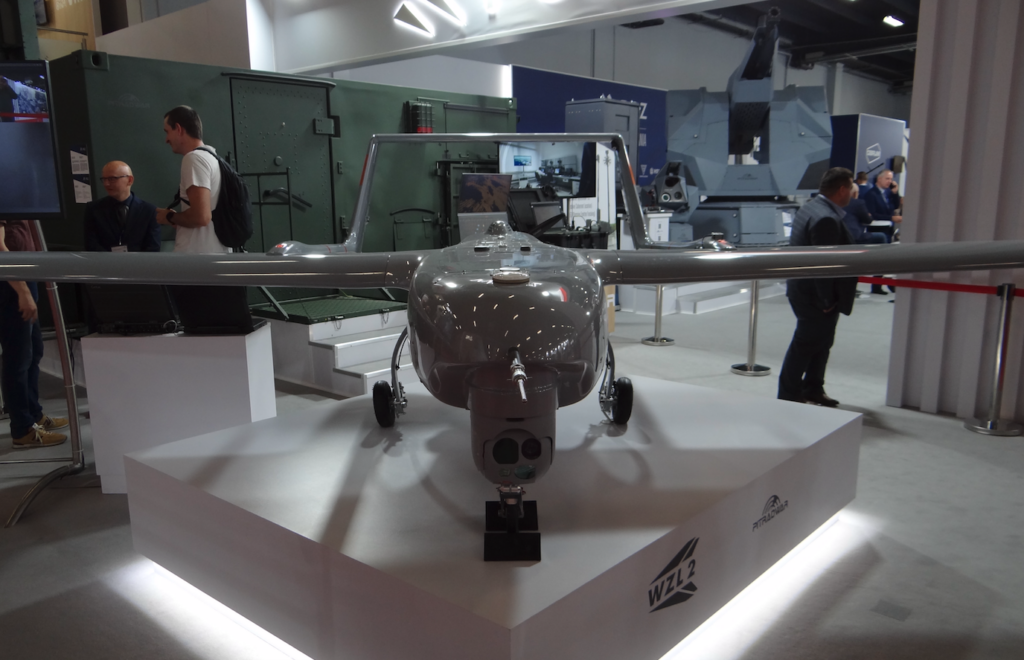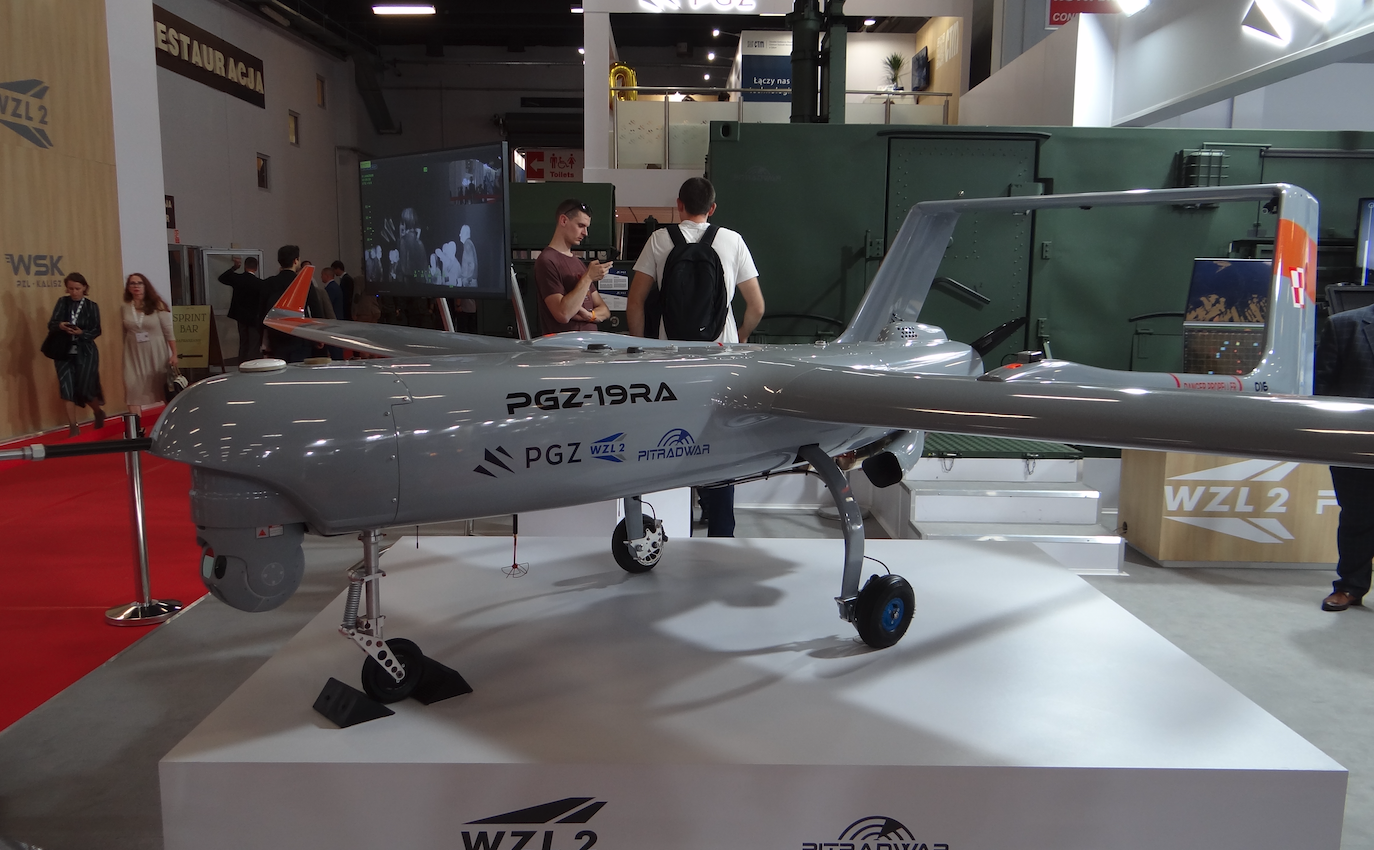Kielce 2025-02-03
BSP PGZ-19RA Orlik.
The PGZ-19RA Orlik UAV is an unmanned aerial vehicle developed by the Polish Armaments Group and other Polish entities, designated 19RA and named Orlik.



The story began in 2015, when the first procedure for the acquisition of new unmanned aerial vehicles (UAVs) for the Polish Army began. In March 2016, three entities submitted offers. These were the state-owned PGZ, the private Polska Grupa WB (creator of FlyEye and Warmate) and the PZL Okęcie plant belonging to Aribus. PGZ’s offer was selected. The contract was concluded on November 30, 2018. Under it, in the period 2021-2023, PGZ was to deliver 8 sets of PGZ-19R Orlik UAVs, along with a logistics package. The cost was PLN 789.7 million gross, with an option to purchase an additional 4 sets in the period 2021-2023 for PLN 297 million.
The PGZ-19R Orlik UAV has been developed since 2015 for the Polish Army. The main headquarters for the program is WZL Nr 2 S.A. in Bydgoszcz. There was information that the first devices would be delivered to the army in 2023. This did not happen, and the device underwent many significant modifications.
Initially, it was a 90 kg device, built in the layout of a typical aircraft with a Rudnicki-type tail. The combustion engine was placed in the rear of the fuselage, which was equipped with a pusher propeller. The device took off from a several-meter launcher with a pneumatic system. The operational range was to be 100 km. The set consisted of: a flying device, a towed launcher, an operational vehicle, control and communication equipment.
In 2022, a new device was presented in Kielce, in which many changes were made. The device’s weight increased to 150 kg. The dimensions were increased. The device received a larger load-bearing surface. A fixed, three-point landing gear with a front wheel was installed. The Rudnicki-type tail was abandoned, and a tail placed on two beams extending from the wings was installed. The tail has two vertical stabilizers, which are connected by one horizontal stabilizer. The device takes off like an airplane from a runway or street and lands in the same way. Alternatively, the device takes off from a pneumatic launcher.
Data T-T BSP PGZ-19R Orlik: Wingspan 7.30 m. Length 3.95 m. Height 1.35 m. Maximum take-off weight 150 kg. Minimum speed 70 km/h. Cruising speed 90-120 km/h. Maximum speed 150 km/h. Crew 3 soldiers. Launcher 11.50 m long. Launcher exit speed 108 km/h. Launcher weight 5,500 kg.
According to information provided by WZL No. 2, this is a device that has already completed most of its tests. On May 12, 2023, the Sejm Chancellery published a response from the Ministry of National Defense regarding the implementation of the Orlik unmanned aerial vehicle program, which was ordered from a consortium of Polish companies on November 30, 2018. It was reported that the first two sets would be in the army in October 2023. The 2018 agreement included information on the purchase of 8 sets with an option for another four. The manufacturer is represented by: Polska Grupa Zbrojeniowa, Wojskowe Zakłady Lotnicze No. 2 and PIT-RADWAR. Due to the Chinese virus pandemic, the schedule was postponed by 11 months. In addition, six annexes to the agreement were signed.
Each set is to consist of five PGZ-19RA air platforms, a launcher, a logistics vehicle, a ground control station, a ground data terminal, an external video terminal and a portable video terminal. Additionally, the supplier is to provide an integrated training and logistics system with the necessary packages.
The maximum take-off weight of the UAV is up to 150 kg. The payload is an optoelectronic head consisting of a day camera, an infrared camera, a laser rangefinder and a laser target designator. In addition, the PGZ-19RA is equipped with a high-resolution slotted SAR radar. Landing is carried out in a classic way or using a parachute.
As of May 2024, no set has been delivered to the Polish Army.
Written by Karol Placha Hetman

